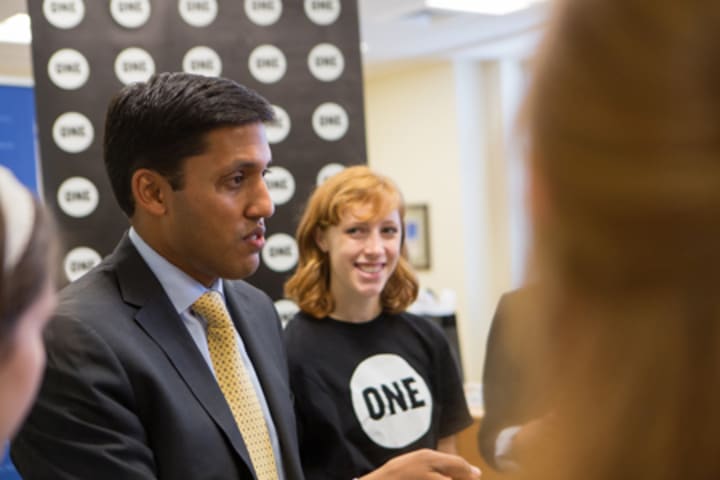
EDITOR’S NOTE: What can the U.S. administration do to boost foreign aid transparency and effectiveness? Catalina Reyes, advocacy officer at Publish What You Fund, lists three suggestions in this blog post.
Last week, all eyes were on America as Barack Obama was re-elected President of the United States. This week, focus is shifting to the Administration’s priorities for the next four years.
At Publish What You Fund, we decided to draft our own Aid Transparency Wish List to the U.S. Administration:
An ambitious and detailed implementation plan: this should include specific information on what elements of the IATI Standard will be published by which agencies and when. Each element should be accompanied by a specific date. The implementation schedule should not just be a lowest common denominator among all U.S. agencies. Instead, those that are able to publish more information should be encouraged to do so.
Comprehensive information: there are over 25 agencies administering foreign assistance in the U.S. government and the implementation schedule should ideally include information covering all agencies. If this is not possible, however, tell us when the rest will be added. Starting with the largest spenders is not a bad idea – USAID, MCC, State, Defense, Agriculture, Health and Human Services and the Treasury Departments, but then the public needs to know when to expect future versions of the implementation schedule – including the rest of the agencies and programs.
Provide as much detail as possible: the information elements missing should be specific and the reason why they can’t be published should be unique to each agency. For example, if forward budget information is not given then an indicative figure would be a good substitute. If an agency has information it should be encouraged to publish it. Most importantly, a plan of action and delivery of this information would be a welcome step.
When we launched the 2012 Aid Transparency Index in Washington D.C., we were joined by an outstanding panel of experts in development and aid policy from the White House to USAID, State Department, MCC, ONE and Oxfam America. In addition to new guidance from OMB, which set forth explicit and progressive instructions on publishing foreign assistance data, we learned some encouraging news from our Administration panelists:
The U.S. Government is working on publishing an IATI implementation schedule, and
The U.S. Government will publish its first report to the IATI Registry.
Both of these events are scheduled to be delivered before the end of 2012. This is a big step on the delivery of the commitments made at Busan and a critical indication of progress towardsgovernment accountability. Implementation schedules are aimed to help donors plan for publishing IATI compliant data and to inform the public about what they can anticipate, in what format and when it will be delivered. Read more here for what to expect from the publication of these schedules.
We understand there is a lot of work being done to meet these deadlines, particularly given the complex nature of U.S. foreign assistance but this is also an enormous opening for the U.S. government to position itself on the front-lines of the aid transparency agenda. A central tenet ofthe Obama Administration’s vision is to make its foreign assistance spending more transparent to all stakeholders and this is a perfect opportunity to lead by example.
The next step is to engage with the aid effectiveness community and other donors on progress and on the ongoing conversations about the Standard. It is only with more information from donors that the Standard can be improved and be used to address a wide range of users’ needs. Once aid information is uploaded on the Registry, third parties will be able to develop visualizations and tools to understand the data. Information can be layered to see what donors are doing where, in which sector and in which region.
Ultimately the bigger picture will start to become clear and decisions will be made based on current and comprehensive information about all donors’ spending. We’re not far from that goal and other donors have already begun the process of publishing their implementation plans. With some new faces in Washington and new officials occupying key positions in the development sector we hope the momentum on aid transparency remains and even speeds up. To do this effectively we should start with a road map with some clear objectives which shows us how the largest and most influential donor in the world will deliver on its aid transparency commitments.
Republished with permission from Publish What You Fund. Read the original article.




